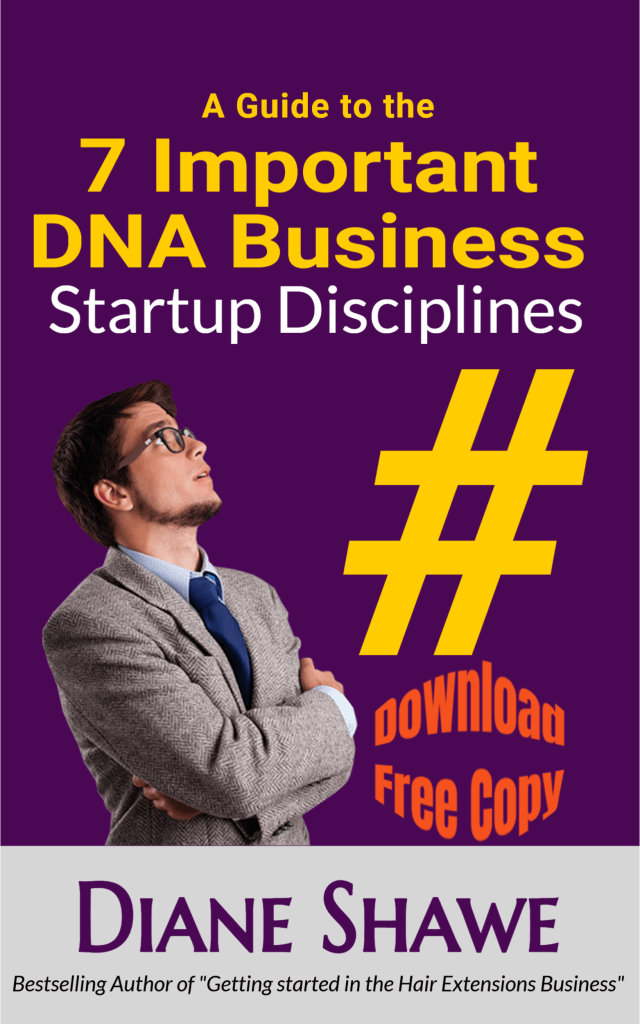 Welcome to the British Leisure Show who have launched there first apps to help promote their event and will be using Bluetooth location based broadcasting throughout the event to drive visitors to exhibitors stands.
Welcome to the British Leisure Show who have launched there first apps to help promote their event and will be using Bluetooth location based broadcasting throughout the event to drive visitors to exhibitors stands.
By Diane Shawe
Click on the image below to Download the British Leisure Show Apps and find out more about the event.
This exciting, three day family friendly festival, provides entertainment and interaction for visitors of all ages. It’s packed with an exciting variety of things to SEE, TRY AND BUY, with the latest product models and accessories, competitions and demonstrations to watch and activities to try.
i-send will be holding a meeting designed to help business learn about apps and how it could help improve mobile marketing.
On of many events will be held throughout the year with the first one on the 10th March 2011 in London. Click to register
For a growing number of UK shoppers, the difference between off-line and on-line shopping will be no line at all.
What does this mean for retailers, sole traders, enterprise business and the retail sector?
Come join us at this free event when you will be able to listen, learn and ask.
With an inundation of new smart phone apps these hand held shopping tools are redefining the shopping experience and blurring the distinction between the in-store experience and the virtual world of information now available in the palm of your hand.
Advances in location-based technology, price-comparison apps, bar-code scanning apps and social-networking tools have turned the mobile device into a real-time third channel of commerce, empowering consumers while challenging retailers to rethink the way they do business.
The appetite for new apps seems voracious. A recent survey by comparison-shopping site PriceGrabber revealed that 36 percent of consumers plan to use their mobile phones for shopping-related activities this holiday season.
Around 4.2m of us in the UK are already using our mobiles to access the internet and browse retailer’s eCommerce sites.
This event will look at the pros of cons about introducing a apps into your business and all the pointers one should consider. Specialist speaks will be available to give you golden nugget advise.
Introducing our Panellist Speakers

Cllr Andrew Lamont ‘Access Champion for the Royal Borough of Kenisigton & Chelsea’
Topic: Why Access & Apps go together
Partially sighted as a result of optic atrophy, Cllr Lamont is a seasoned campaigner on behalf of the blind and partially sighted. As a trustee of the charity BlindArt he has worked to remove barriers to the visual arts for all, inclusive of visually impaired people.
Andrew is currently the Access Consultant for i-send proximity and plays an important role in advising local authorities and Town Centre’s on managing the implimentation of Access.
Andrew is concerned about the new technolgy and feels that Apps and the new type of Smartphones should take into consideration access for over 2 million people throughout the UK

Diane Shawe Author of ‘How to Cyber kiss your business to Success’
Topic: Discovering the Pros & Cons for implementing Apps into your business
Project Director for i-send proximity, Diane has over 16 years experience in the Telecoms Fibre Optic and Microwave technology. Smartcard and internet audience measurement solutions.
Diane is often a guest speaker and training in business development and is currently working on several City and Town Centre Projects who want to build a PWAN Bluetooth Broadcasting Network.
The world of promoting your business has pivoted in a way that could leave a lot of businesses behind if they don’t implement a structured apps program.

Jason Cobine Founder of Beyond Networking runs a series of revolutionary, unique, branded workshop.
Topic: Apps & Profit and protecting infringed intellectual property rights.
Jason Cobine for the last 20 years have helped organisations around London with business insurance, indemnity insurance and reputation protection.
Jason has also helped businesses reduce the time and money spent finding new opportunities through business networking.
Jason is often a speaker and trainer at business related events and is going to shed some light on the protection of Intellectual property rights when using apps to promote your business.
Jason come’s highly recommended and will help you navigate yourself through this complex arena.

Abul Hussain Author of Grow your business with Internet Marketing
Topic: Why SEO don’t work so for some businesses
A Managing Partner at the Middle Man Marketing Group, Abul is an experienced marketing consultant, who consults with the marketing departments of many FTSE 100 companies.
His specialities include SEO, Pay Per Click Marketing, Social Media Marketing, amongst other marketing areas.
He often is a guest speaker at business association events and a guest author around the marketing blogosphere.
Abul will discuss the importance of implementing certain strategies to insure that localised and regionalised businesses can make better use of the SEO online strategy.

Jonathan Greensted Founder and CEO of Sentient
Topic:Apps defining the shopping experience
Sentient has help many large organisations such as AstraZeneca, Virgin Holidays, Pfizer, Commerzbank, Microsoft, MCI and Centrica leverage IT to increase profits, optimise costs or increase their business agility.
Sentient’s innovation incubator has pioneered retail energy management (1995), web content management (1997), teleco billing (1999), social networking (2002), mobile software (2004), GPS tracking (2006) and Software + Services (2008).
He often is a guest speaker at business events.
Jonathan wil discuss the changing face of the retail business as the inundation of new smart phone apps enter the market.








 Mobile health monitoring apps can track patients’ vitals signs, such as heart rate, blood pressure, body temperature and breathe rate and share that information with their physicians. (Photo by Natasha Lomas/silicon.com. Sourced from ZDNet.com.)
Mobile health monitoring apps can track patients’ vitals signs, such as heart rate, blood pressure, body temperature and breathe rate and share that information with their physicians. (Photo by Natasha Lomas/silicon.com. Sourced from ZDNet.com.)




































You must be logged in to post a comment.